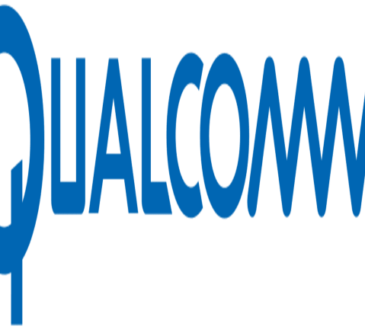$30B Underwater Sun Cable Project Under New Ownership – Critics Still Doubt Feasibility

By Breanna Sandridge, Senior Editor
Australian billionaire and Co-Founder and Co-CEO of software company Atlassian, Mike Cannon-Brookes has recommitted to supporting the $30 billion Sun Cable project. The project hopes to send renewable energy from Australia to Singapore by constructing a 4,200 km underwater cable.
With this commitment, Cannon-Brookes’ private investment firm, Grok Ventures, has now gained full ownership of the project. Under their direction, the Sun Cable project will be split into two sections. Sun Cable Australia, supervised by Grok’s partner Quinbrook Infrastructure Partners, will focus on the onshore project components, while Sun Cable International will be responsible for the cable connecting the onshore operations to Singapore.
Originally, the project was a joint effort between Cannon-Brookes and fellow billionaire and competing shareholder Andrew Forrest. Forrest has since revoked his support for the Sun Cable, claiming the project is “unviable”. Others have since joined in his assertions, claiming the Sun Cable is nothing more than a “behemoth vanity project”.
Forrest’s private company, Squadron Energy, also released an official statement saying, “Following a comprehensive technical and financial analysis that included listening to customer feedback, Squadron Energy has concluded that Sun Cable’s Australia-Asia PowerLink project is not commercially viable.”
While it would have countless benefits if successful, the project comes with several inherent risk factors.
For example, the cable would have to rest directly on the ocean floor. With depths reaching several kilometers in some areas, the constant pressure would put the strength and durability of the cable at risk.
These depths also create issues when it comes to routine and emergency maintenance. If a fault was discovered, the cable would have to be pulled from the water to locate the source of the fault and repair it. With thousands of kilometers of cable, this would require a significant time and manpower commitment.
Bruce Robertson, Energy Finance Analyst at the Institute of Energy Economics and Financial Analysis, remarked that because of these risks, shipping hydrogen is an inherently difficult and expensive process that hasn’t been proven to work. “The shipping part has never been done, there’s nothing to work off – you’re really breaking new ground,” said Robertson.
Despite the criticism, Cannon-Brookes still maintains that the Sun Cable will be operational and start delivering energy to Singapore by the early 2030s.



